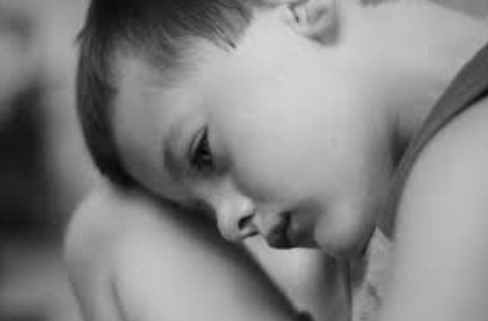Autism is a developmental disorder that affects behavior and communication. Lately, behavioral engineering or Applied Behavior Analysis (ABA) has proven to be effective in dealing with autism. The application of certain approaches with close clinical and behavioral analysis of the respondent based on the environment has been utilized to understand and organize some procedures to improve behavioral changes in autism.
Applied Behavioral Analysis studies a person’s thoughts, emotions, and other covert activities, as opposed to methodological behaviorism that examines a child’s overt behaviors. Behavioral analysts have given importance to the relationship between behavior and environment and intensive behavioral treatment to make autism indistinguishable. Read ahead to know how behavioral engineering can help autistic children.

By early intervention
ABA for autistic children can prove to be beneficial early on, even if they haven’t been formally diagnosed. Behavioral engineering can prove effective for children with learning difficulties and can expedite the acquisition of some key skills. It also helps establish a positive direction for very young kids.
TIP: Make sure to check out autism behaviour management for assistance.
By familial involvement
The inclusive nature of ABA allows families and parents to be fully informed about their child’s distinctiveness. Analyst controls the environment during the therapy sessions and ensures that the same environment is replicated at home. This makes the child comfortable to express its needs and worries. This in turn allows therapists to identify some triggers and their associated consequences. The changes are carefully reported and analyzed to quantify the progress of the child and the family.
By targeting specific behaviors
Autism can have one or many distinguishable behaviors in a child. This can burden not just the family but also all the caregivers. Applied Behavior Analyst first studies the respondent and then develops techniques to target specific disorders. ABA can be flexible in customizing treatment based on the patient’s needs. They identify treatments on the basis of the problematic behaviors. They may choose to prioritize solving or curing the more difficult or dangerous behaviors to prevent self-harm and reduce stress on the family.
By developing social skills
Many autistic children find it difficult to function in a chaotic environment. Be it a classroom or a playground; they might simply like to cave in. Behavioral therapists can devise ways to teach a child some essential social skills to survive social interactions. They can also help children adopt a positive attitude when left in an unfamiliar situation. They can also train children to give up on some unfavorable behaviors to be more socially acceptable.
By developing motor skills
One of the most common symptoms of autism is poor motor skills and comprehension. ABA practitioners can help autistic children overcome the limitations associated with qualities needed for essential life activities. They can guide them through some basic learning programs that can help through the course of their life. Mastering skills such as driving or swimming can help them blend in and socialize with the general crowd in schools.
By suggesting communication tools
Although ABA for some autistic children might be indistinguishable, some children may have difficulties with communication. Some are nonverbal, while others have a slurred speech, difficult for others to understand. Some an inability to communicate or be understood leads to aggressive behavior and can also worsen autism. Luckily with the recent advancement in technology and human intelligence, there are a number of communication tools like picture exchange communication systems or iPads, and other voice output devices that can come to their rescue. ABA can also give suggestions to parents who think that it’s a good time to introduce a new system to their child for its convenience.
Conclusion
If you are a parent or a caregiver taking on the challenge of selecting a communication system for your child, make sure that you do so only after an assessment of the child’s abilities by ABA.
I’m a 20-something stay-at-home mother and wife. I have an amazing husband, a beautiful daughter, two loving dogs, and a lazy cat. I wouldn’t change my life for anything! I love to read, listen to music, cook and blog!

Speak Your Mind